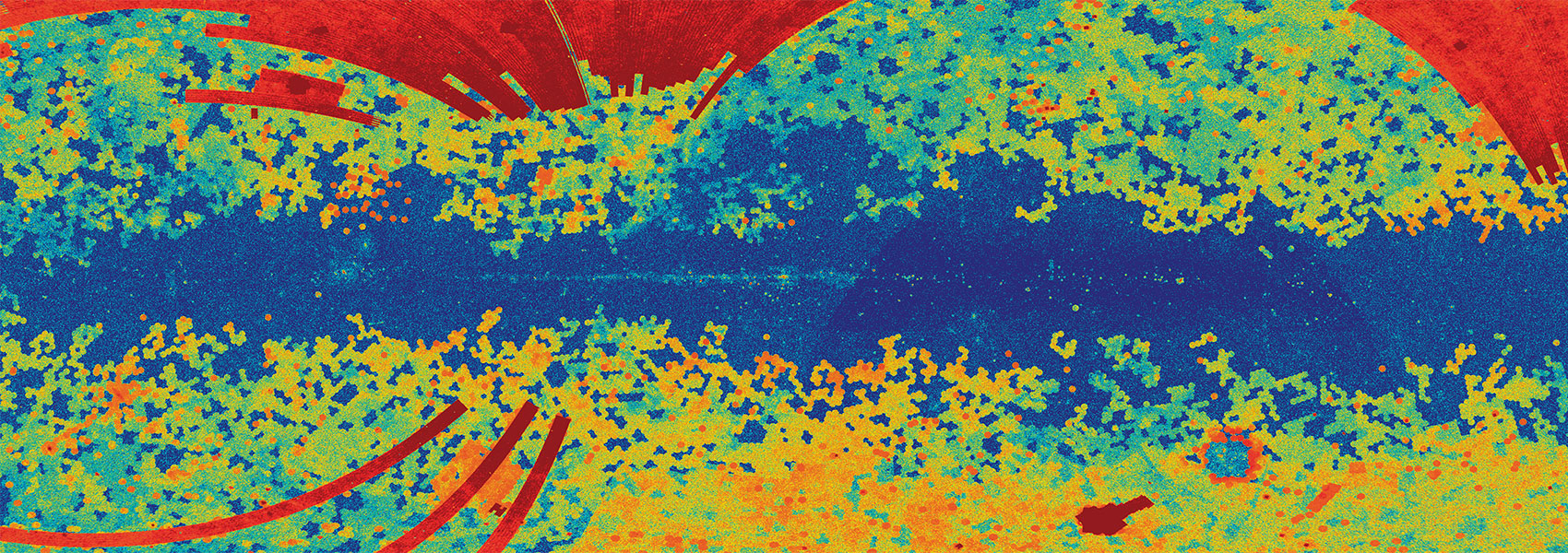December
2006
•
2006AJ....132.2268M
Authors
•
Meixner, Margaret
•
Gordon, Karl D.
•
Indebetouw, Remy
•
Hora, Joseph L.
•
Whitney, Barbara
•
Blum, Robert
•
Reach, William
•
Bernard, Jean-Philippe
•
Meade, Marilyn
•
Babler, Brian
•
Engelbracht, Charles W.
•
For, Bi-Qing
•
Misselt, Karl
•
Vijh, Uma
•
Leitherer, Claus
•
Cohen, Martin
•
Churchwell, Ed B.
•
Boulanger, Francois
•
Frogel, Jay A.
•
Fukui, Yasuo
•
Gallagher, Jay
•
Gorjian, Varoujan
•
Harris, Jason
•
Kelly, Douglas
•
Kawamura, Akiko
•
Kim, SoYoung
•
Latter, William B.
•
Madden, Suzanne
•
Markwick-Kemper, Ciska
•
Mizuno, Akira
•
Mizuno, Norikazu
•
Mould, Jeremy
•
Nota, Antonella
•
Oey, M. S.
•
Olsen, Knut
•
Onishi, Toshikazu
•
Paladini, Roberta
•
Panagia, Nino
•
Perez-Gonzalez, Pablo
•
Shibai, Hiroshi
•
Sato, Shuji
•
Smith, Linda
•
Staveley-Smith, Lister
•
Tielens, A. G. G. M.
•
Ueta, Toshiya
•
van Dyk, Schuyler
•
Volk, Kevin
•
Werner, Michael
•
Zaritsky, Dennis
Abstract
•
We are performing a uniform and unbiased imaging survey of the Large Magellanic Cloud (LMC; ~7deg×7deg) using the IRAC (3.6, 4.5, 5.8, and 8 μm) and MIPS (24, 70, and 160 μm) instruments on board the Spitzer Space Telescope in the Surveying the Agents of a Galaxy's Evolution (SAGE) survey, these agents being the interstellar medium (ISM) and stars in the LMC. This paper provides an overview of the SAGE Legacy project, including observing strategy, data processing, and initial results. Three key science goals determined the coverage and depth of the survey. The detection of diffuse ISM with column densities >1.2×1021 H cm-2 permits detailed studies of dust processes in the ISM. SAGE's point-source sensitivity enables a complete census of newly formed stars with masses >3 Msolar that will determine the current star formation rate in the LMC. SAGE's detection of evolved stars with mass-loss rates >1×10-8 Msolar yr-1 will quantify the rate at which evolved stars inject mass into the ISM of the LMC. The observing strategy includes two epochs in 2005, separated by 3 months, that both mitigate instrumental artifacts and constrain source variability. The SAGE data are nonproprietary. The data processing includes IRAC and MIPS pipelines and a database for mining the point-source catalogs, which will be released to the community in support of Spitzer proposal cycles 4 and 5. We present initial results on the epoch 1 data for a region near N79 and N83. The MIPS 70 and 160 μm images of the diffuse dust emission of the N79/N83 region reveal a similar distribution to the gas emissions, especially the H I 21 cm emission. The measured point-source sensitivity for the epoch 1 data is consistent with expectations for the survey. The point-source counts are highest for the IRAC 3.6 μm band and decrease dramatically toward longer wavelengths, consistent with the fact that stars dominate the point-source catalogs and the dusty objects detected at the longer wavelengths are rare in comparison. The SAGE epoch 1 point-source catalog has ~4×106 sources, and more are anticipated when the epoch 1 and 2 data are combined. Using Milky Way (MW) templates as a guide, we adopt a simplified point-source classification to identify three candidate groups-stars without dust, dusty evolved stars, and young stellar objects-that offer a starting point for this work. We outline a strategy for identifying foreground MW stars, which may comprise as much as 18% of the source list, and background galaxies, which may comprise ~12% of the source list.
Links




